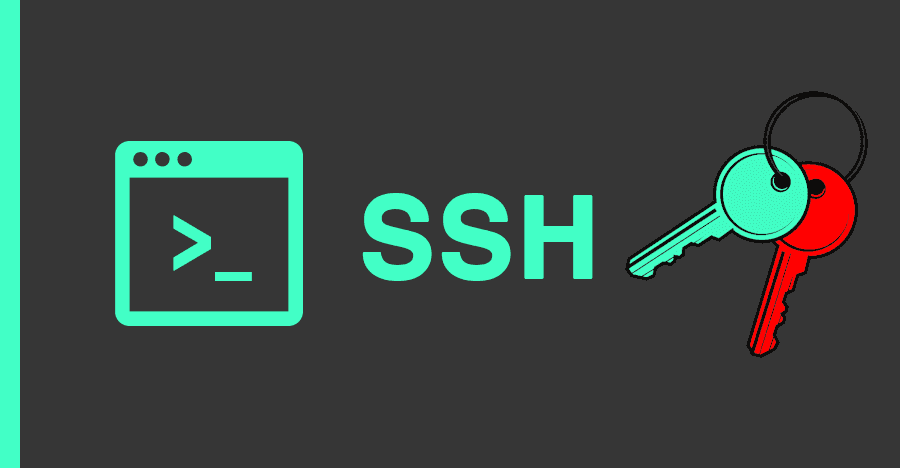How to Setting Up Secure Remote Access on Your Linux Server (SSH)?
Securing remote access to your Linux server is essential for efficient system administration. SSH, or Secure Shell, is a widely used protocol that provides a secure way to connect to and manage your server remotely. This comprehensive guide will walk you through the step-by-step process of setting up SSH on your Linux server, enhancing security and enabling seamless remote access.
Section 1: Install OpenSSH Server
Begin by installing the OpenSSH server, the standard and reliable implementation of the SSH protocol.
sudo apt-get update
sudo apt-get install openssh-server
On Red Hat-based systems:
sudo yum install openssh-server
Section 2: Start and Enable SSH Service
Ensure the SSH service is running and set to start on boot.
sudo systemctl start ssh
sudo systemctl enable ssh
Section 3: Optional SSH Configuration
Explore optional configurations in the /etc/ssh/sshd_config file to customize your SSH setup. This includes changing the default port for added security.
sudo nano /etc/ssh/sshd_config
Restart the SSH service after making changes.
sudo systemctl restart ssh
Section 4: Firewall Configuration
Adjust firewall settings to allow SSH traffic, taking into account any changes made to the default port.
sudo ufw allow 2222 # Replace with your chosen port sudo ufw enable
Section 5: Test SSH Connection
Verify your setup by connecting to the server from another machine. Adjust the command based on your server details and port configuration.
ssh username@server_ip_or_domain -p your_chosen_port
Congratulations! You've successfully set up and secured SSH on your Linux server, opening the doors to seamless and secure remote server management. This concluding section emphasizes the importance of regular security checks, considerations for advanced SSH configurations, and the empowerment that comes with mastering remote server management using SSH.
By following this guide, you've not only established a secure foundation for managing your server remotely but also gained insights into customizing and optimizing your SSH configuration for future needs. Whether you're managing a personal server or a critical enterprise infrastructure, this guide equips you with the essential skills for effective and secure server administration.


